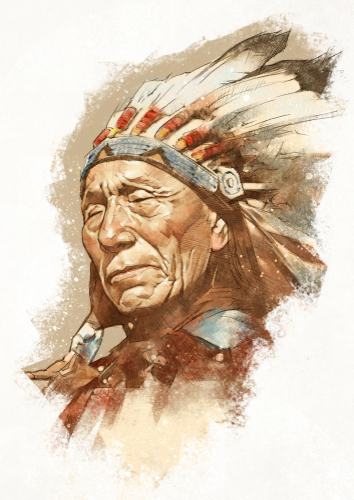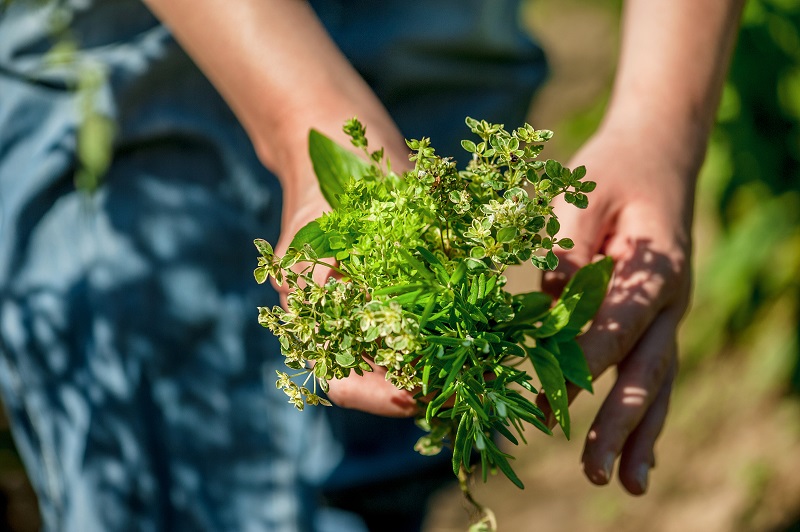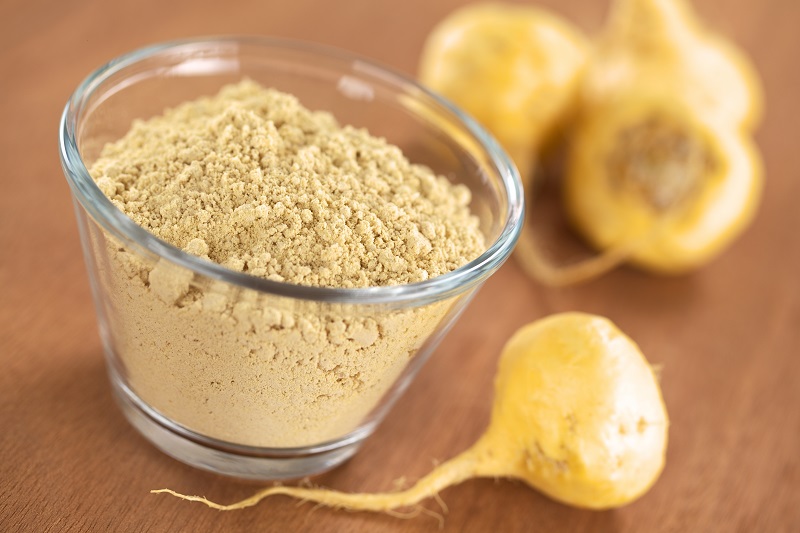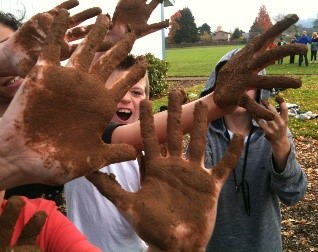Historical Herbalist: Black Elk
Introduction
Healing and Visions
Black Elk, also known as Heȟáka Sápa, came from a long line of healers. Not only his father, but also his uncles were medicine men.4 At 19, he was a healer in his tribe5 and used a flowering herb that he had seen in visions and later found in nature.6 In fact, Black Elks’ visions are what made him famous.7 His first vision occurred when he was 9, while in a coma.6 This vision and his other visions and experiences were dictated, through an interpreter, to writer John Neihardt who wrote Black Elk Speaks in 1932.3
Living Legacy
In 1947s, close to his death in 1950, Black Elk was one of the few of the Sioux tribe that had first-hand experience and knowledge of ancient tribal teachings.3 Another book was written featuring his translations: The Sacred Pipe by Joseph E. Brown.3 Fortunately, the healing tradition lives on through his relatives and descendants, notably his nephew, Frank Fools Crow8 and great-granddaughter-in-law, Linda Black Elk.9 In addition, the Black Elk Wilderness and Black Elk Peak in South Dakota carry his name.10 Black Elk Peak, in fact, is in one of his visions.7 In this way, the name and legacy continues to grow and influence us all.
Sources
1 – The Herbal Healing Practices of Native Americans – The Herbal Academy
2 – Herbalism in Native American Culture – warpaths2peacepipes.com
3 – Native American Herbal Remedies – U-S-History.com
5 – Black Elk: Oglala Lakota Spiritual Leader and Healer – History.com
6 – Black Elk (1863–1950): Spiritual Leader and Healer – Encyclopedia.com
7 – Another Vision of Black Elk – The New Yorker
8 – Frank Fools Crow – Wikipedia
9 – Native American Healer Reviving Ancestral Medicine – OZY







